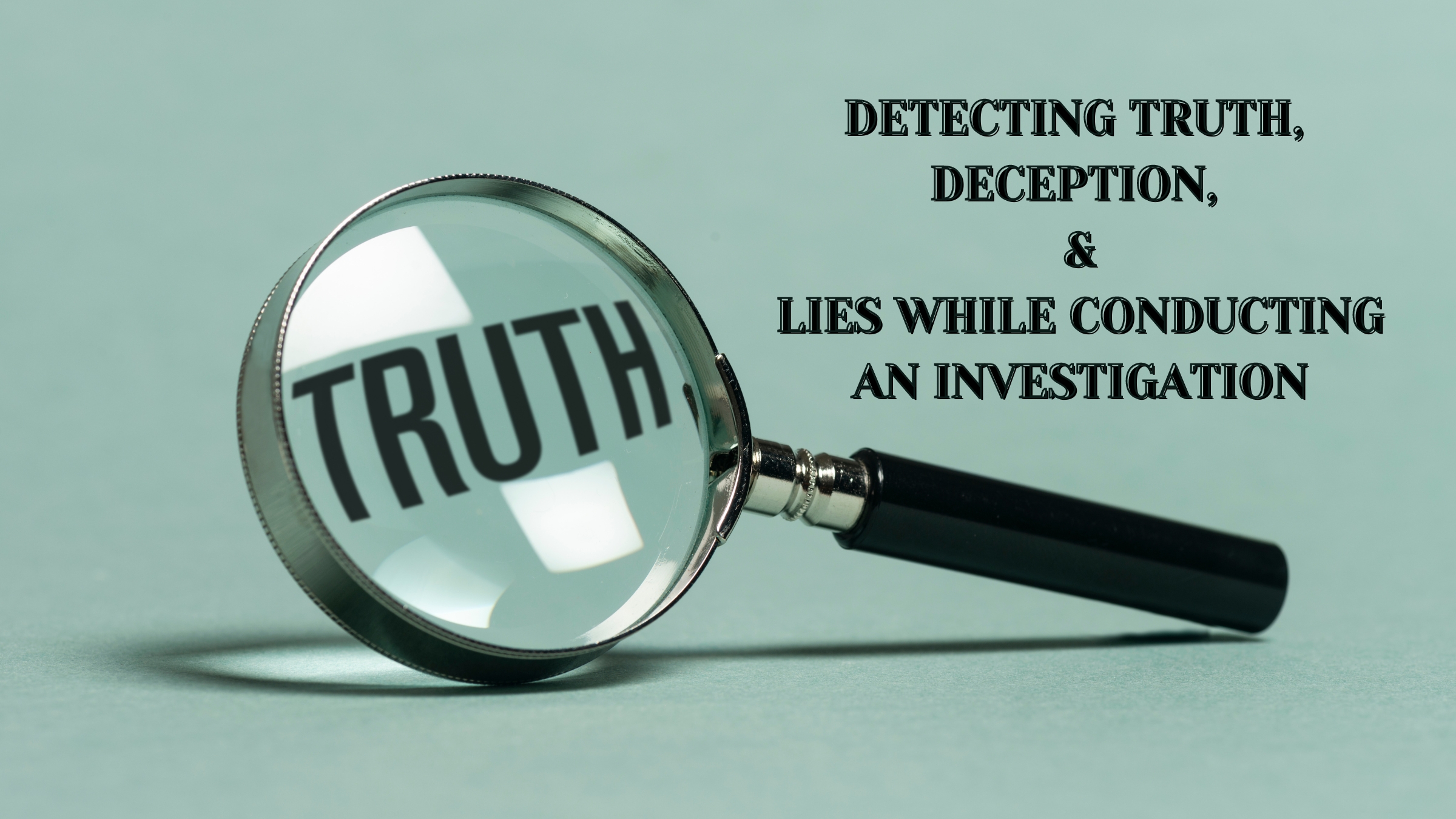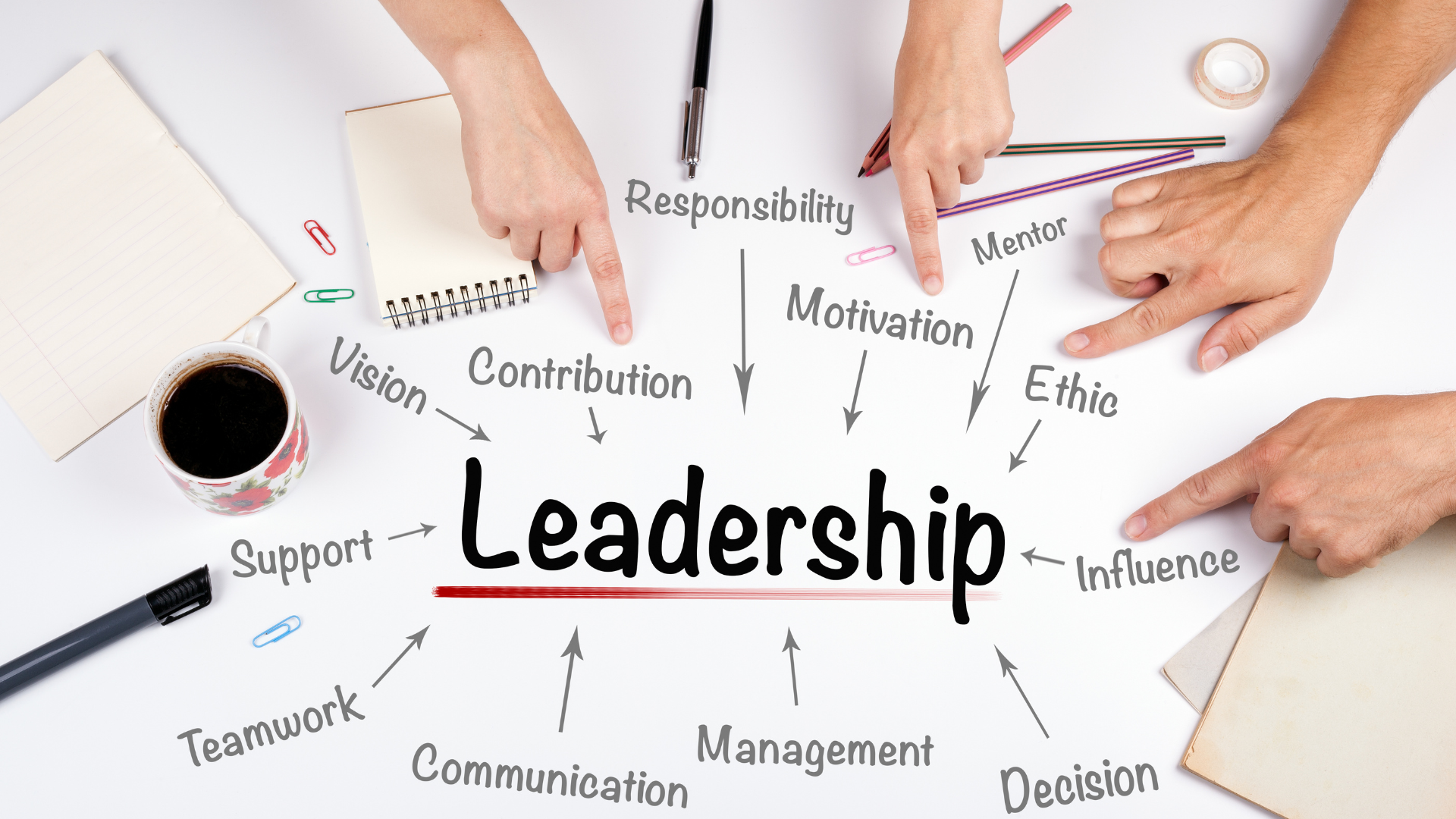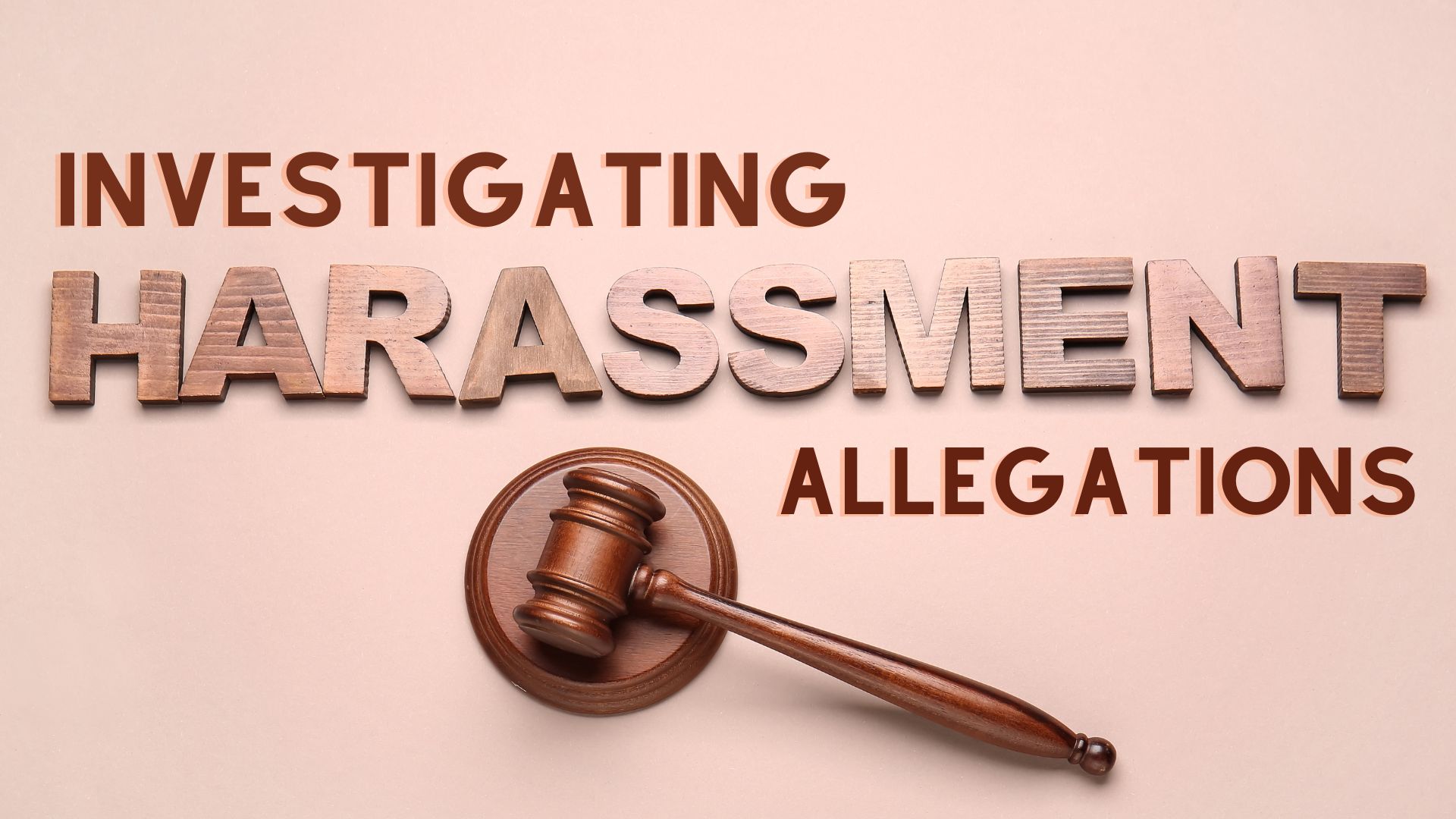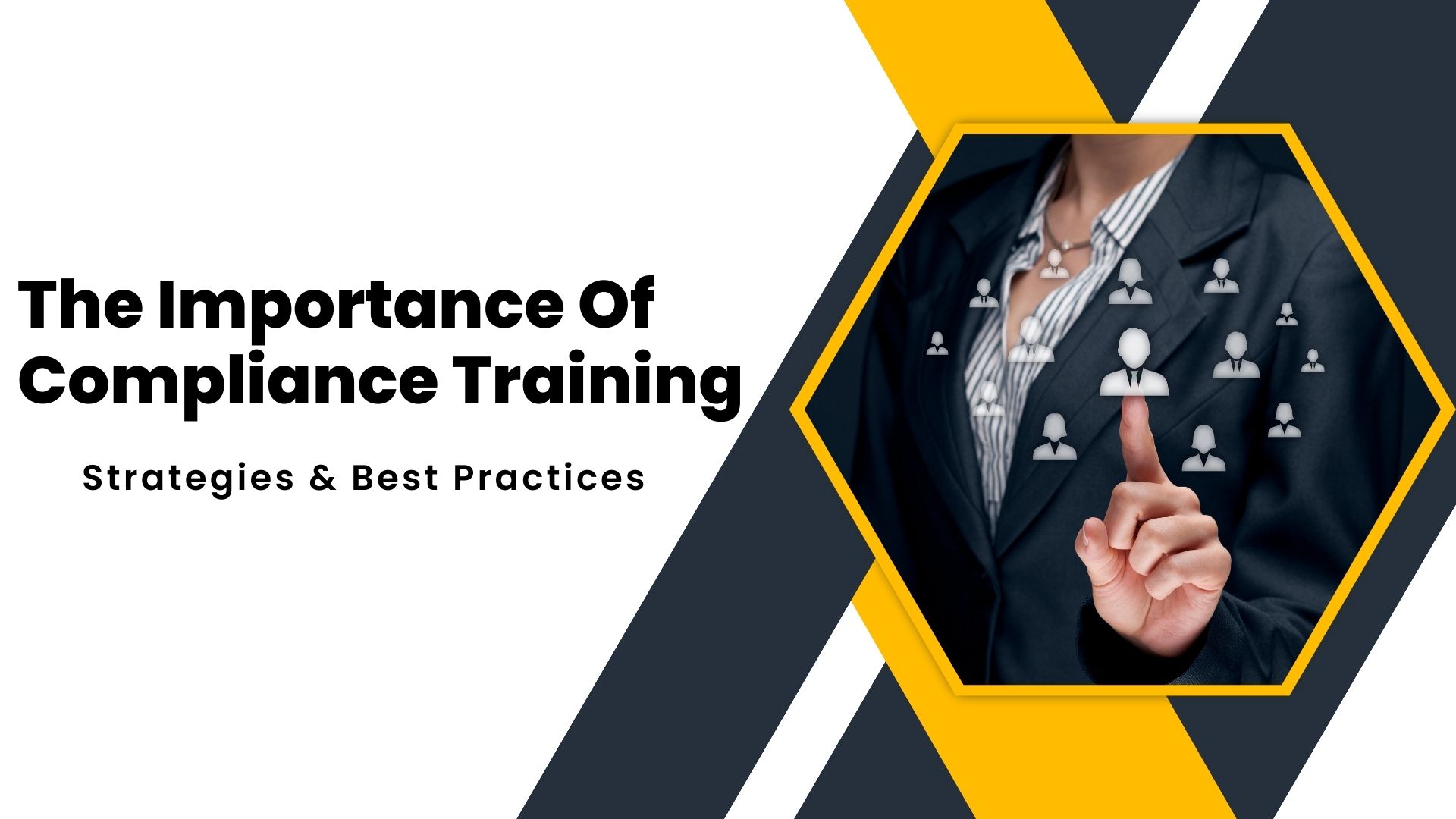Mastering the Art of Detecting Truth, Deception, and Lies: A Comprehensive Guide for Investigators
In the realm of compliance and investigations, the pursuit of truth is a constant endeavour. Whether it's uncovering fraudulent activities, resolving workplace disputes or conducting thorough background checks, the ability to detect deception is paramount. In this comprehensive guide, we will delve deep into the intricacies of detecting truth, deception and lies in investigations, exploring the psychology behind deceptive behaviour, the tools and techniques for uncovering falsehoods and the ethical considerations that guide this process.
Understanding the Psychology of Deception
Deception is a complex phenomenon rooted in human psychology. It encompasses a wide range of behaviours, from outright lies to subtle manipulations of truth. To effectively detect deception, it's essential to understand the underlying motivations and cognitive processes that drive deceptive behaviour.
Motivations for Deception
People may deceive others for various reasons, including:
- Self-Preservation: Individuals may lie to protect themselves from consequences or to avoid punishment.
- Gain: Deception can be motivated by financial or personal gain, such as committing fraud or theft.
- Avoidance of Conflict: Some individuals may lie to avoid confrontation or to maintain harmony in relationships.
- Manipulation: Deceptive individuals may use lies and half-truths to manipulate others and achieve their goals.
Cognitive Processes Involved in Deception
Deceptive behaviour often involves intricate cognitive processes, including:
- Inhibition: Suppressing truthful responses and inhibiting emotional reactions.
- Cognitive Load: Deceptive individuals may experience increased cognitive load as they try to manage conflicting information and fabricate convincing lies.
- Emotional Regulation: Controlling emotions and displaying false emotions to mask deception.
- Memory Distortion: Recalling and distorting memories to align with fabricated narratives.
By understanding these underlying motivations and cognitive processes, investigators can better recognize deceptive behaviour and uncover the truth.
Tools and Techniques for Detecting Deception
Detecting deception requires a combination of observation, analysis and strategic questioning. Here are some tools and techniques commonly used in investigations:
Nonverbal Cues and Body Language
Nonverbal cues and body language can provide valuable insights into a person's truthfulness. Signs of deception may include:
- Avoiding Eye Contact: Deceptive individuals may avoid direct eye contact or exhibit shifty eyes.
- Micro Expressions: Brief facial expressions that reveal concealed emotions, such as fear, contempt or disgust.
- Inconsistent Gestures: Contradictory or in-congruent body language that contradicts verbal statements.
Linguistic Analysis
Analysing language patterns and linguistic cues can also help detect deception. Key linguistic indicators of deception may include:
- Evasiveness: Vague or ambiguous language that avoids direct answers to questions.
- Word Choice: Deceptive individuals may use language that minimizes responsibility or shifts blame onto others.
- Complexity: Fabricated stories may be overly detailed or convoluted to create the illusion of truthfulness.
Cognitive Interviewing Techniques
Cognitive interviewing techniques aim to elicit detailed and coherent narratives from subjects while minimizing deception. These techniques may include:
- Open-ended Questioning: Encouraging subjects to provide detailed accounts of events in their own words.
- Timeline Reconstruction: Asking subjects to recall events in chronological order to identify inconsistencies or discrepancies.
- Contextual Questioning: Probing for contextual details and sensory information to enhance memory retrieval.
Polygraph Testing
Polygraph testing, or lie detector testing, measures physiological responses such as heart rate, blood pressure and skin conductivity to assess truthfulness. While polygraph results are not admissible as evidence in court, they can be a useful tool for generating leads and identifying areas of deception.
Ethical Considerations in Detecting Deception
While detecting deception is essential for uncovering the truth, it's crucial to approach this process with integrity and respect for human rights. Ethical considerations in detecting deception include:
- Presumption of Innocence: All individuals are presumed innocent until proven guilty and investigators must refrain from prejudging or unfairly targeting suspects.
- Privacy and Consent: Investigators must respect the privacy and autonomy of subjects and obtain informed consent before conducting interviews or collecting evidence.
- Cultural Sensitivity: Cultural norms and practices may influence communication styles and nonverbal behaviour, requiring investigators to be culturally sensitive and avoid stereotyping.
- Avoiding Coercion: Investigators must refrain from using coercive or deceptive interrogation tactics that may elicit false confessions or compromise the integrity of the investigation.
By adhering to these ethical principles, investigators can conduct thorough and impartial investigations while respecting the rights and dignity of all parties involved.
Conclusion: Empowering Investigators to Uncover the Truth
In conclusion, detecting deception is a multifaceted process that requires a deep understanding of human psychology, keen observation skills and ethical judgment. By mastering the art of detecting deception, investigators can uncover the truth, protect organizational integrity and ensure justice for all. Through ongoing training, collaboration and a commitment to ethical conduct, investigators can navigate the complexities of deception with integrity and professionalism, ultimately empowering them to fulfil their role as guardians of truth and justice.







